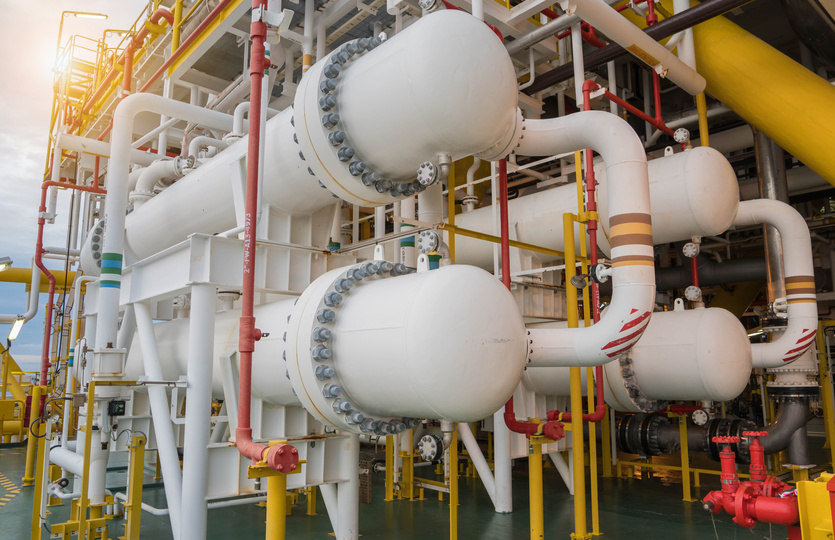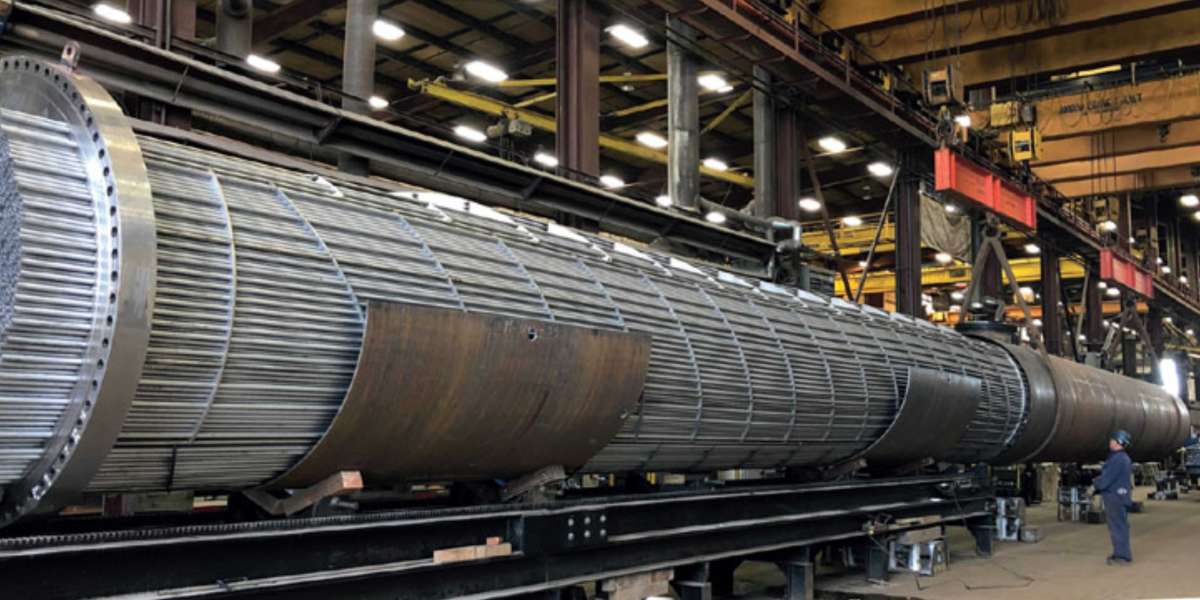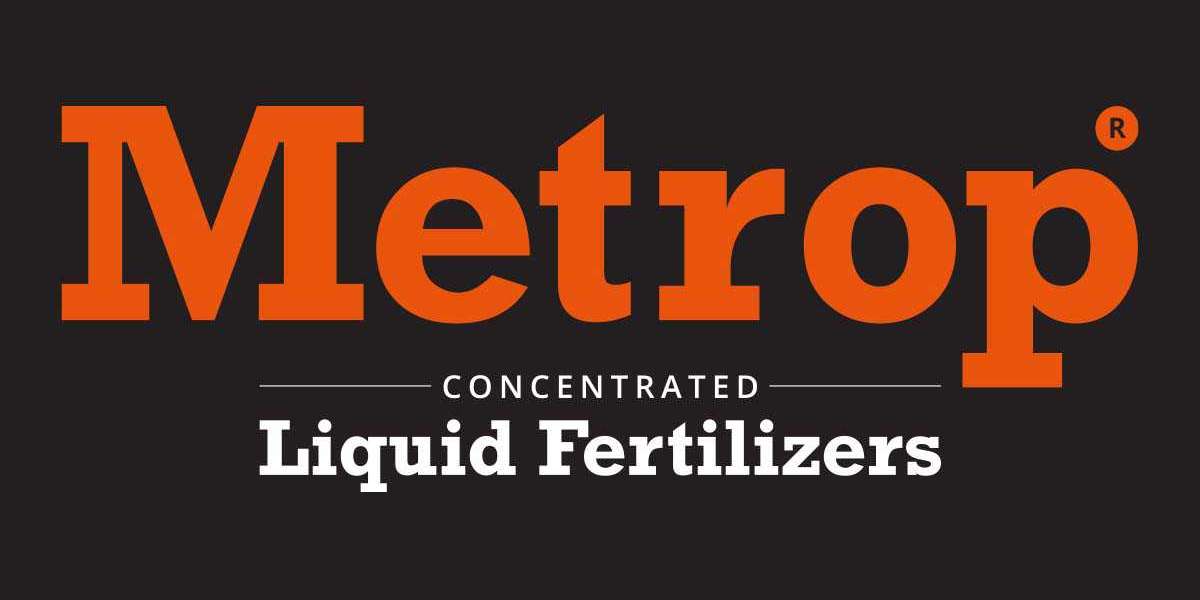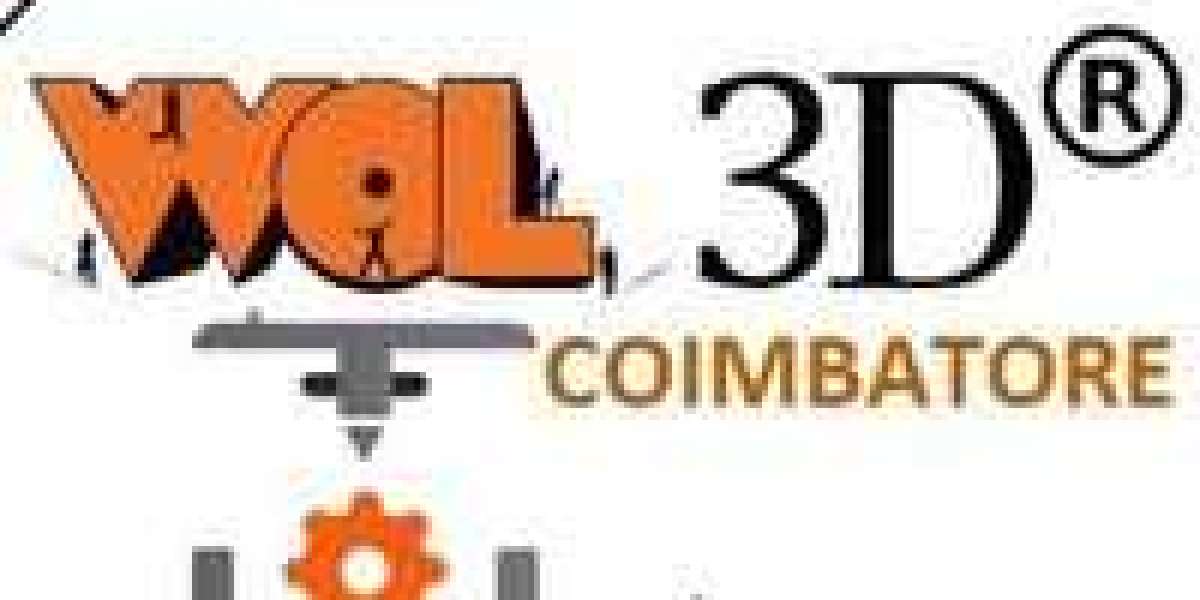Heat exchangers are essential components in many industries, from HVAC systems to power plants, refrigeration, automotive, and aerospace. Their primary function is to transfer heat from one fluid (liquid or gas) to another without mixing them. As technology evolves, so do the designs of these crucial devices. Among the newer designs, Plate Fin Heat Exchangers are gaining significant attention. Known for their efficiency, compactness, and versatility, they are becoming a popular choice across industries. This blog explores why Plate Fin Heat Exchangers are considered the future of heat exchange technology.
What Are Heat Exchangers?
Heat exchangers are devices used to transfer heat between two or more fluids. They are widely used in a variety of applications, including heating and cooling processes in homes, vehicles, and industrial plants. Common types include shell and tube, plate, and air-cooled heat exchangers. Each type has its own strengths and is suited for different applications, but the underlying principle remains the same: efficient heat transfer without mixing fluids.

Introduction to Plate Fin Heat Exchangers
Plate Fin Heat Exchangers represent a modern approach to heat exchange, providing enhanced performance over traditional designs. These exchangers consist of a series of thin, corrugated metal plates stacked together. The plates create multiple layers where hot and cold fluids can pass through, allowing for efficient heat transfer.
The "fin" in Plate Fin Heat Exchangers refers to the small, fin-like structures that enhance heat transfer by increasing the surface area. These fins help dissipate heat more quickly and efficiently, which is particularly beneficial in applications where space is limited, and weight is a concern.
Advantages of Plate Fin Heat Exchangers
There are several reasons why Plate Fin Heat Exchangers are becoming the preferred choice in many industries:
1. Compact and Lightweight Design
One of the most significant advantages of Plate Fin Heat Exchangers is their compact and lightweight design. Unlike traditional shell-and-tube heat exchangers, which can be bulky and heavy, plate fin designs are much smaller. This compactness makes them ideal for applications where space is at a premium, such as in aerospace and automotive industries.
2. High Thermal Efficiency
The design of Plate Fin Heat Exchangers allows for high thermal efficiency. The fins create a larger surface area for heat transfer, enabling rapid heat exchange between fluids. This efficiency is particularly valuable in industries where temperature control is crucial, such as chemical processing and power generation.
3. Versatility in Applications
Plate Fin Heat Exchangers can handle a wide range of temperatures and pressures, making them versatile for different applications. They are suitable for both low and high-temperature environments and can be used with a variety of fluids, including gases, liquids, and refrigerants. This versatility is one reason why they are being adopted across different sectors.
4. Customization Options
Another significant advantage of Plate Fin Heat Exchangers is their ability to be customized to specific needs. Manufacturers can adjust the fin type, plate size, and other parameters to optimize the heat exchanger for a particular application. This level of customization ensures that the heat exchanger performs at its best for each unique use case.
5. Durability and Reliability
Built with high-quality materials, Plate Fin Heat Exchangers are designed to withstand extreme conditions. Their robust construction ensures they remain reliable over long periods, reducing maintenance costs and downtime. This durability makes them a cost-effective solution for industries where equipment longevity is vital.
Applications of Plate Fin Heat Exchangers
Given their numerous benefits, Plate Fin Heat Exchangers are used in a wide range of industries. Here are some key areas where they have made a significant impact:
1. Aerospace Industry
In the aerospace industry, where weight and space constraints are critical, Plate Fin Heat Exchangers are ideal. They are used for cooling systems, environmental control, and fuel systems, providing efficient heat management while keeping the weight of the aircraft to a minimum.
2. Automotive Industry
Automobiles, particularly high-performance and electric vehicles, require effective cooling solutions to manage engine and battery temperatures. Plate Fin Heat Exchangers offer a compact and efficient solution that can be integrated into tight spaces, improving vehicle performance and reliability.
3. HVAC Systems
Heating, Ventilation, and Air Conditioning (HVAC) systems rely heavily on heat exchangers to maintain temperature and humidity levels. Plate Fin Heat Exchangers provide efficient heat transfer in a compact form, making them a preferred choice for modern HVAC designs.
4. Power Generation
Power plants, whether fossil fuel, nuclear, or renewable, require efficient heat exchange to convert energy from one form to another. Plate Fin Heat Exchangers play a crucial role in these systems, offering high efficiency and durability under extreme operating conditions.
5. Chemical and Petrochemical Industries
In chemical processing, precise temperature control is critical for safety and efficiency. Plate Fin Heat Exchangers provide the flexibility and performance needed to handle a wide range of chemicals and operating conditions, making them essential for these industries.
Future Trends in Heat Exchanger Technology
The trend toward more compact, efficient, and versatile heat exchanger designs like Plate Fin Heat Exchangers is expected to continue. As industries push for greener technologies and more sustainable practices, the demand for advanced heat exchangers that reduce energy consumption and environmental impact will grow.
Emerging trends include:
- Integration with Smart Technologies: Future heat exchangers may come with smart sensors and IoT integration, allowing for real-time monitoring and optimization.
- Enhanced Materials: The use of new materials, such as advanced alloys and composites, could improve the performance and lifespan of Plate Fin Heat Exchangers.
- Additive Manufacturing (3D Printing): This technology can enable more complex and efficient designs that were previously impossible to manufacture.

Conclusion
Plate Fin Heat Exchangers are leading the charge in the evolution of heat exchangers. With their compact size, high efficiency, versatility, and durability, they offer significant advantages over traditional designs. As industries continue to evolve, the demand for efficient and reliable heat management solutions will only increase, solidifying Plate Fin Heat Exchangers as a key technology for the future.
Whether it's for aerospace, automotive, HVAC, or power generation, Plate Fin Heat Exchangers provide a forward-looking solution that meets the growing needs of modern industries. As we move further into the age of efficiency and sustainability, embracing advanced heat exchanger designs like these will be crucial for success.








